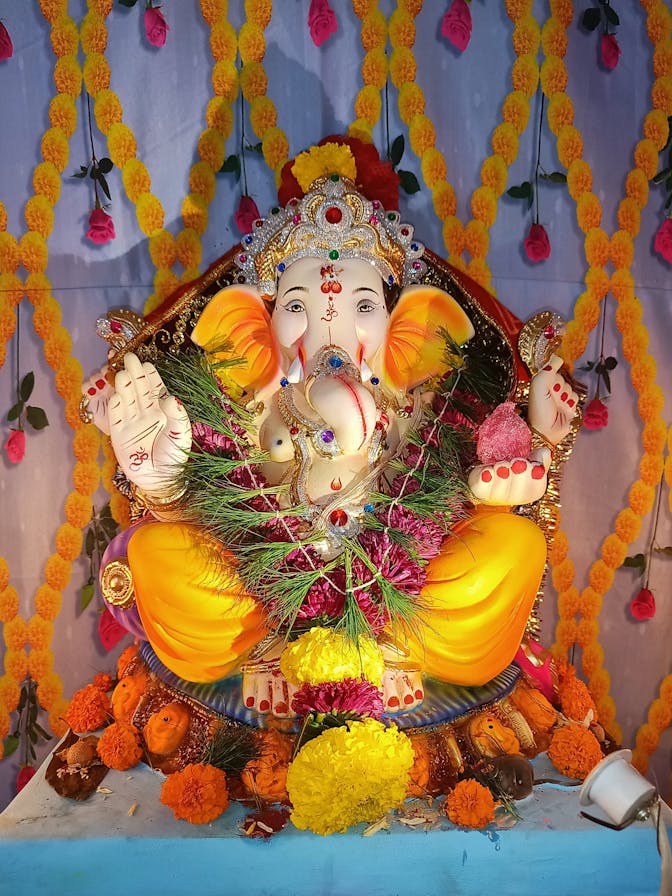
Temple Legend
When South India was invaded by Muslim rulers, the presiding deity of Chidambaram, Sri Govindaraja Swamy was brought and kept safely in Tirupati. After the situation at Chidambaram returned to normalcy, the vigraham of Lord Sri Govindaraja Swamy was taken back to Chidambaram from Tirupati.One day, Sri Ramanujacharya had a vision of Lord Govindaraja Swamy in his dream. He was advised by the Lord to make arrangements for Him to reside in Tirupati. Sri Ramanujacharya, by then was aware of Sri Govindaraja Swamy’s stay at Tirupati during Muslim invasion. He, with the help of the king visited the place he saw in his dream. To their astonishment, they found the vigraham of Lord Govindaraja Swamy in that place.
Sri Ramanujacharya advised the king to construct a temple for the Lord and houses for the people, who perform kainkaryam in the Sri Govindaraja Swamy temple.




